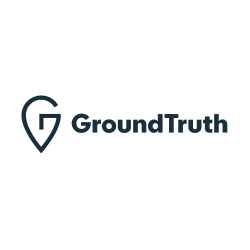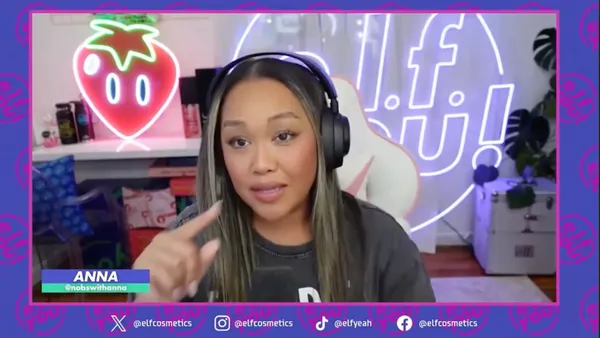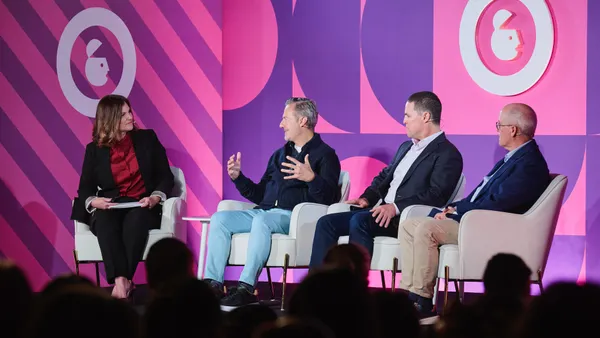Dive Brief:
- Unilever, the second largest advertiser worldwide, provided several takeaways in its recent earnings call, per Ad Age, including that almost one-third of its three-year $7 billion cost-cutting measure will come from marketing and half from marketing and overhead combined. The overhead cuts included a 13% decrease in middle and senior managers.
- Spending on agency fees was down 17% in the first half of 2017 in part from creating fewer ads and allowing existing campaigns longer runs. Unilever also saved 14% on TV production costs by using more production companies in cheaper, offshore locations like South Africa and doing more digital production in-house, among other tactics.
- While the reduced marketing spending helped boost profits, the company is planning on increasing new product launches and media spending in the second half of this year. About 60% of new product launches for the year will happen in the second half. According to Chief Financial Officer Graeme Pitkethly, marketing spending for the year will be roughly flat as a share of sales indicating the $350 million first-half decrease in spending will be offset with a matching increase during the second half. Ad Age speculates that increase will be in media spending since Unilever is still focused on keeping agency and production fees down.
Dive Insight:
The recent earnings call shed some light on Unilever’s announcement in April that it was planning a major cutback in its advertising strategy with what was then an expected 30% decrease in ads produced and a 50% reduction in agency relationships, which numbered 3,000 worldwide at the time. Pitkethly said during the earlier announcement that the dramatic cutback might not impact ad buys since Unilever had been producing many more ads than it actually used in campaigns.
Given the recent update, Unilever seems to be on track in streamlining its marketing plan without really impacting how it advertises its products. The move to assume more responsibilities in-house was reiterated by Unilever's CMO Keith Weed at Cannes Lions. Also in June, it teamed up with WPP to make a $15 million investment in digital ad creative platform Celtra, another sign it is taking in-house production seriously. These moves reflect a broader trend that has seen brands like Bai and Pepsi also bringing some responsibilities in-house that were previously handled by an agency.
Unilever is also not the first to look at streamline ad volume. Earlier this year, JPMorgan Chase cut back the number of websites serving its ads programmatically from 400,000 to 5,000 and reported little change in the cost of impressions or visibility.
Along with changes to its marketing spending, Unilever is also engaged in some cutting-edge technology. In June, Unilever announced it was turning to algorithms for human resources to target and sort potential hires online.
Unilever spends more than $7 billion yearly on advertising worldwide.











